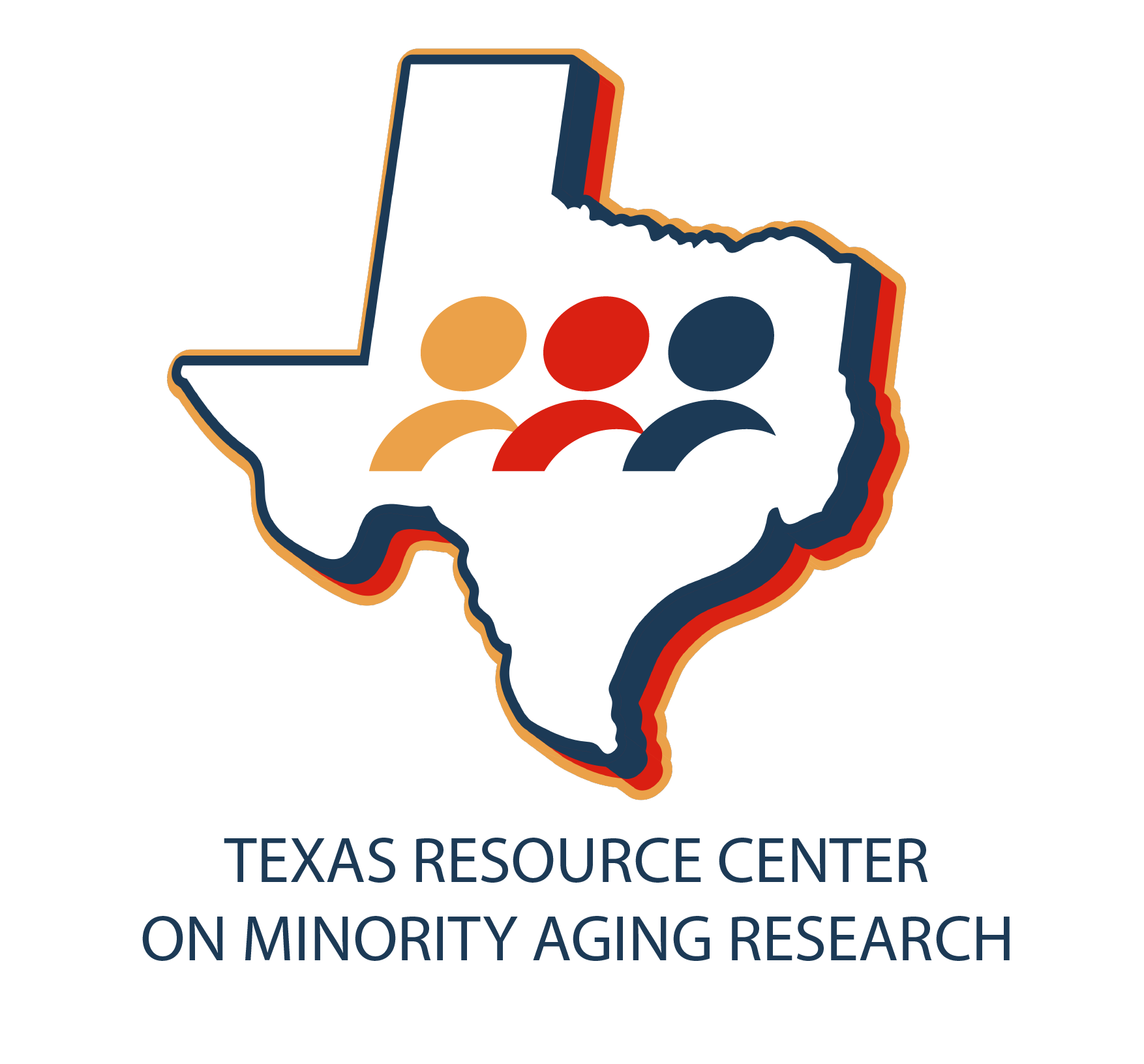Welcome
The Texas Resource Center on Minority Aging Research (RCMAR) provides mentorship to scholars with research focused on the health and aging in minority elderly populations with special emphasis on the Hispanic population in the United States and Mexico.

Contact Us
Sealy Center on Aging (SCOA)
301 University Blvd.
Galveston, TX 77555-0177
Directions and Maps
Phone: (409) 747-0008
Email: aging.research@utmb.edu























